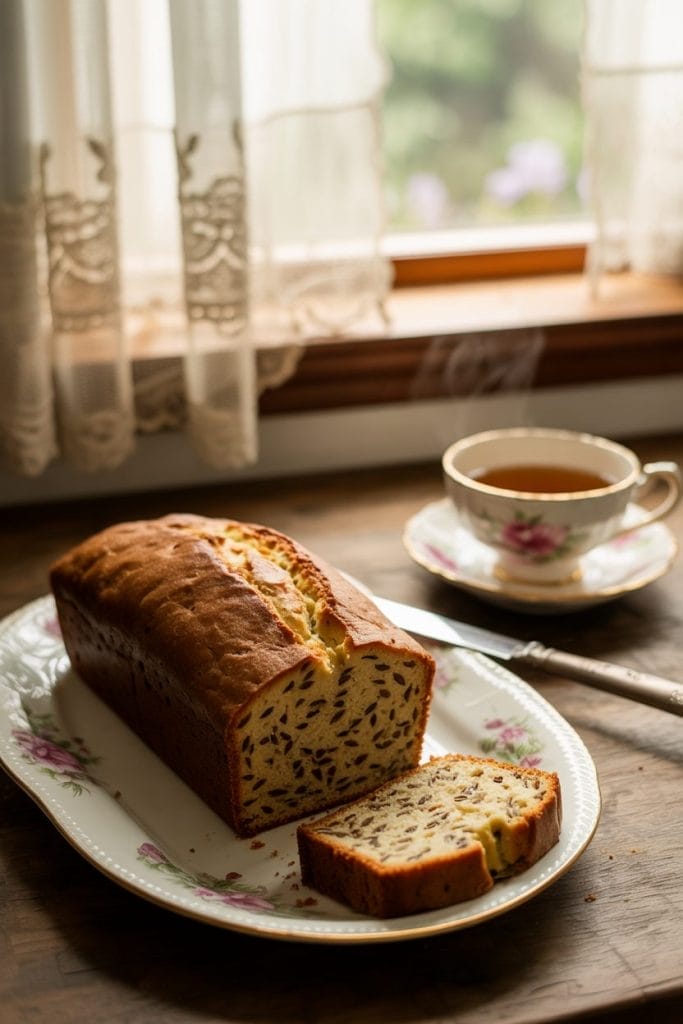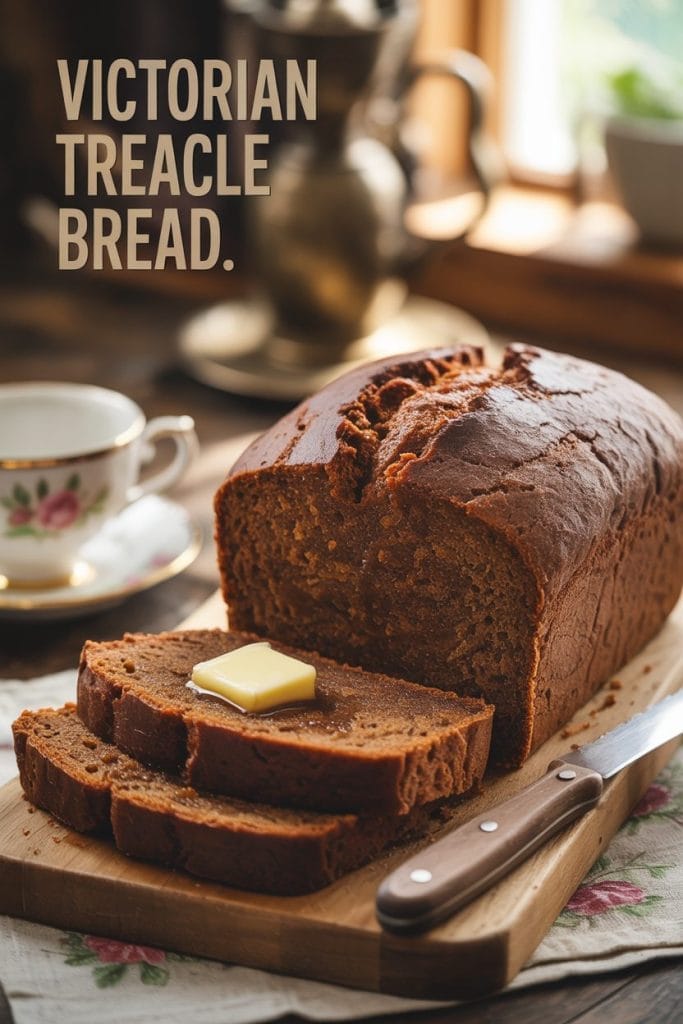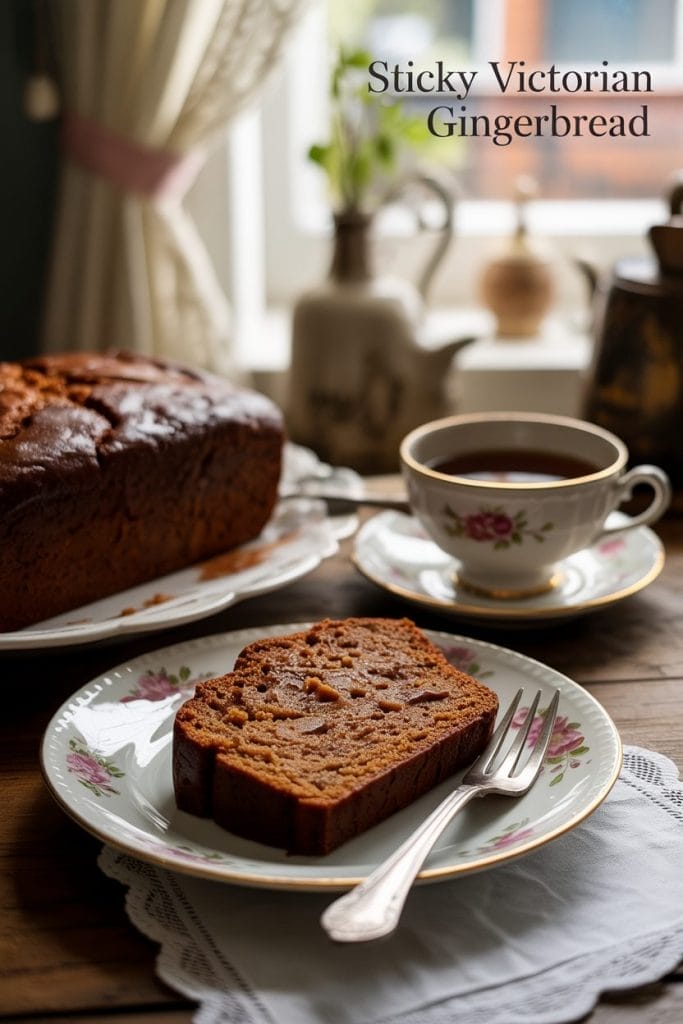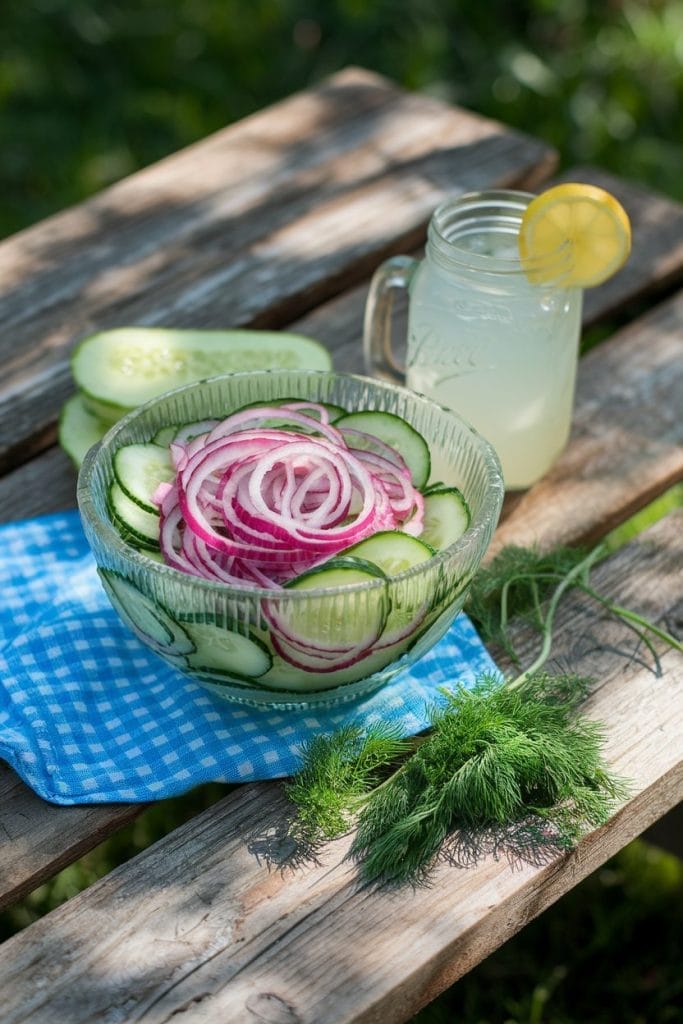Home > Single Recipes > Mbeju: A Colonial-Era Delicacy That Stood the Test of Time
Last Updated: March 16, 2025
I Made These FREE Vintage Recipe Tools JUST For You
This recipe was created with help from AI tools and carefully reviewed by a human. For more on how we use AI on this site, check out our Editorial Policy. Classic Fork earns a small commission from Amazon and other affiliate links at no extra cost to you, helping us keep our content free and honest.
Mbeju: A Colonial-Era Delicacy That Stood the Test of Time
Time Period:
Meal Type:
Core Ingredient:
Cuisine:
Cooking Time: 15 minutes
Prep Time: 10 minutes
Total Time: 25 minutes
Servings: 4
Calories: ~300 per serving
Mbeju is a traditional Paraguayan dish that dates back to the colonial era. Made from simple, locally available ingredients, this crispy and cheesy starch cake has been a staple in South America for centuries.
It is a comfort food that pairs perfectly with a hot cup of mate or cocido, making it an excellent choice for breakfast or an afternoon snack.

What Would You Cook in Wartime?
Step back in time and discover what you could make with limited wartime rations
History
During the colonial period, Spanish settlers and indigenous Guaraní people combined their cooking traditions, leading to the creation of mbeju. Cassava, a native plant, was already a major part of the indigenous diet, and when mixed with dairy products introduced by Europeans, mbeju was born.
The word “mbeju” comes from the Guaraní language, meaning “crumbled” or “broken.” This dish played a crucial role in Paraguayan households, especially during times of economic hardship, as it required minimal ingredients while being filling and nutritious.
Equipment
- Large mixing bowl (I love this mixing bowl set)
- Fork or wooden spoon (Love environmet & style? Get this bamboo spoon set)
- Cast iron skillet (I love this one from Lodge) or non-stick frying pan
- Spatula
Ingredients
- 2 cups cassava starch (almidón)
- 1 cup crumbled fresh cheese (Queso Paraguay or a similar mild cheese)
- 4 tablespoons unsalted butter (softened)
- 1/2 cup whole milk (or water for a lighter version)
- 1 teaspoon salt

Instructions
1. Prepare the Dry Mix
In a large mixing bowl, combine the cassava starch, crumbled cheese, and salt. Mix well using a fork or wooden spoon to distribute the ingredients evenly.
2. Add the Butter
Add the softened butter to the dry mixture. Use your fingers to blend it in until you get a crumbly texture. The butter helps bind the ingredients and adds a rich flavor.
3. Incorporate the Liquid
Gradually pour in the milk (or water) while continuously mixing. The dough should remain crumbly but moist enough to hold its shape when pressed together.
4. Heat the Skillet
Place a cast iron skillet or non-stick pan over medium heat. Do not grease the pan, as the butter in the dough will be enough to prevent sticking.

5. Form the Mbeju
Take a handful of the mixture and gently press it into the pan. Spread it out evenly without compacting it too much; the texture should be loose but hold together.
6. Cook Until Golden
Allow the mbeju to cook for about 3–4 minutes on one side until it forms a golden crust. Then, use a spatula to carefully flip it and cook for another 3–4 minutes.
7. Serve Warm
Once both sides are crispy and golden brown, remove from the pan and serve immediately. Enjoy with hot mate or cocido for a true Paraguayan experience.
Special Notes
- Traditional mbeju is meant to have a crumbly texture, so don’t overwork the dough.
- If you want a richer taste, you can substitute milk with heavy cream.
- Some variations include adding eggs or using pork fat instead of butter for a more traditional flavor.
Nutrition (Per Serving)
- Calories: 300
- Protein: 8g
- Carbohydrates: 40g
- Fat: 12g
- Fiber: 2g
- Sodium: 400mg

Maggie Hartwell
Hi there, I’m Maggie Hartwell, but you can call me Maggie—the apron-clad foodie behind Classic Fork! I created Classic Fork because I’m convinced food has a way of telling stories that words can’t. So, grab a fork and dig in. The past never tasted so good!






